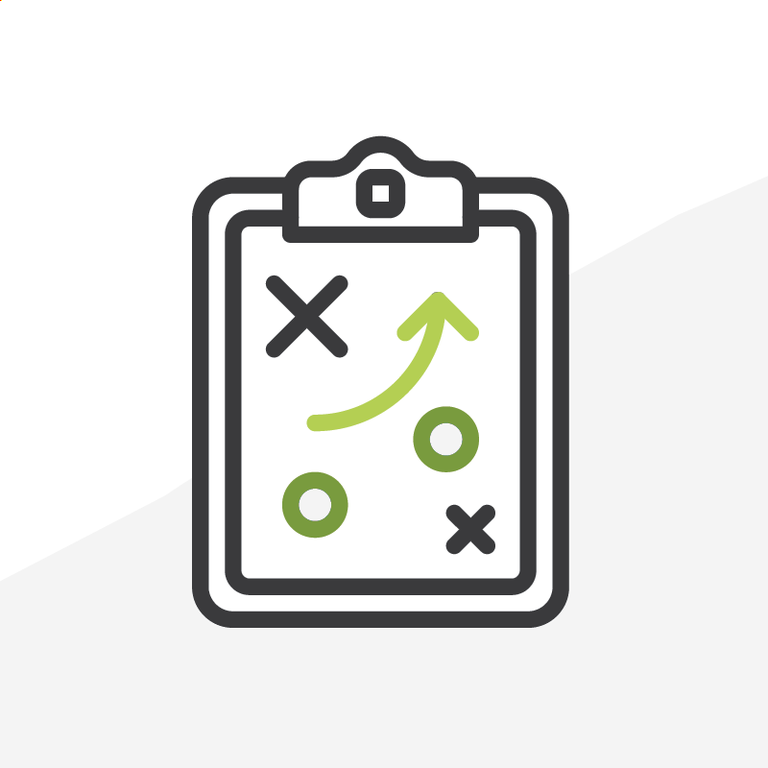
Get Clear with Mind Sweeps and Mind Maps
Sometimes inspiration comes from the most unexpected places. My daughter texted me one day saying she was doing a mind sweep—or was it a mind map? She had mixed them up, and it got me thinking about how often these two tools are misunderstood. That moment led me to revisit these powerful methods that have helped me clear mental clutter and organize my thoughts over the years. Also, both are great ways to start the new year.
The Power of a Mind Sweep
A mind sweep is a cornerstone of the Getting Things Done (GTD) methodology. It’s a simple but profound exercise: get everything out of your head with as little friction as possible. The goal is to create mental clarity by capturing all your thoughts without judgment or filtering. Here's three types you can try.
Free Form: This is my favorite approach — grab a blank page, set aside five minutes, and let your thoughts flow. No rules, just write. Often, the surprising connections and forgotten tasks emerge from this process. Try it: Start with a single word, like "projects," and see where your mind takes you.
Guided Prompts: Using a trigger list can help when you feel stuck. Prompts like "finances" or "upcoming events" jog your memory and uncover items you might not have thought to include.
Focused Topics: Sometimes, narrowing your focus to a specific area — such as "work deliverables" — can make the exercise more targeted and actionable.
The beauty of a mind sweep lies in its simplicity and non-committal nature. It’s not about solving everything at once but about getting it all out of your head.
Exploring Mind Maps
Mind maps, on the other hand, bring order and structure to your thoughts. Introduced by Tony Buzan (LINK), mind maps use a visual, branching approach to break down a central idea into manageable pieces. For example:
- Start with a central topic in the middle of your page.
- Add branches for subcategories from the central topic
- Expand each branch with details and connections connecting like things
For a practical use case, imagine planning a big Thanksgiving dinner. "Thanksgiving" goes in the center, and from there, you branch out to "Menu," "Guests," and "Decorations." Under "Menu," you might list "Turkey," "Stuffing," and "Dessert." The central idea is to encourage and capture anything that comes to mind.
This method is invaluable for:
- Brainstorming new ideas
- Structuring complex projects
- Visualizing plans in a way that feels both creative and organized
Takeaways for Your Toolkit
- Mind Sweeps: Clear your mind by writing it all down without judgment. You’ll uncover forgotten tasks and free up mental space.
- Mind Maps: Use structure and visualization to bring focus and clarity to your ideas.
- Combine these methods: start with a mind sweep to brainstorm, then refine your thoughts with a mind map to plan out the outcomes.
Final Thoughts
These techniques have had a profound impact on my personal productivity and creativity. Whether you’re tackling a big project, managing daily tasks, or just trying to think more clearly, mind sweeps and mind maps are tools worth exploring.
Next time you’re feeling overwhelmed or stuck, give one—or both—a try. You might just find that the clarity and focus you’re looking for were within reach all along.
